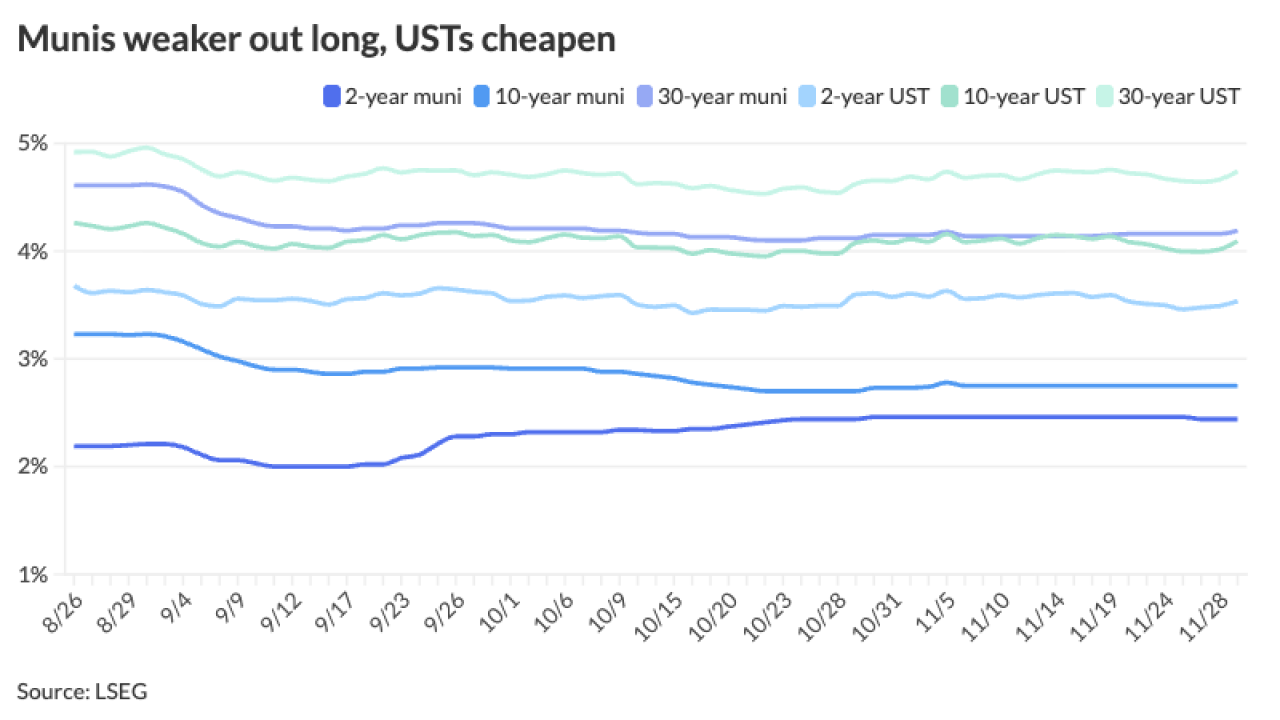Next month, Joe Biden is going confront not only a terrible pandemic but also a pressing economic challenge. And this challenge is unfolding beyond Washington as the sum of thousands of smaller economic challenges being felt in statehouses, county seats, and city halls all across the country. Fortunately, there are tools at hand that President Biden can use. But he’ll have to be bold.
The Center on Budget and Policy Priorities estimates that state and local governments, including Native American administrations, will see shortfalls
Already,
Among the lessons of the 2009 recession was that the economic drag of state and local government cutbacks and layoffs almost completely offset the stimulus from the federal government. And states and cities might not even end up with much aid from Washington. The Senate leadership is currently refusing to consider adding state and local aid to any COVID relief package.
Even if that impasse eventually ends, state and local governments are going to need generous lines of credit to get through the next few months. Joe Biden has an opportunity to act on his determination to “build back better” by rethinking the Municipal Liquidity Facility at the Federal Reserve.
The MLF was a program to make short-term lending available to states and local governments to allow them to muddle through the fiscal crisis brought on by the virus and its associated economic slowdown. Or it did until Treasury Secretary Mnuchin effectively pulled its plug this month. The program played a mildly useful role, though its rules meant it was not nearly as helpful as it might have been.
As structured, the MLF was a punitive program, designed as a lender of last resort. Its high rates and constricted terms guaranteed usage only by borrowers without no other choice, and that is why only two jurisdictions ever made use of it. It only loaned $6.5 billion out of $500 billion authorized, to the state of Illinois and to New York City’s transit system. But what sensible economic policy requires is different: we need to give state and local governments all the tools they need to withstand the storm they face. What they need — as soon as possible — is a bridge to get to the end of the crisis without devastating cuts to budgets that will make things worse for everyone.
That means breaking decisively with the Mnuchin approach. The Trump Treasury officials that designed the MLF did not intend it to actually help local governments, only to settle the bond market by setting a floor on municipal bond prices. It should have helped people, by helping state and local governments, but Treasury designed it only to help people who are bond traders. By terminating the program, Mnuchin created an opportunity that Biden must seize to do it again, correctly this time, with lower rates and longer terms.
Cities, states, and local agencies need to have easy money available to avoid layoffs and service cuts. A new MLF must offer loans at rock-bottom rates, to every municipal and state government, not just the big ones. Its loans should have terms of up to 10 years (or more), because some governments will need more than the old MLF's three years to regain lost revenue.
There is no moral reason to deny these governments ample assistance and much reason to be generous. These governments are not in a bind because of their misdeeds, but because of the virus and the public health measures necessary to fight it. And they are on the front lines of providing responses to the pandemic itself. The health of our economy demands policies that discourage governments from damaging cuts to services. This is what the old MLF did not do.
The state and local fiscal crisis is hardly over and the need for temporary funding is not going away, even if Congress eventually does pass some support to states and municipalities. The Fed's MLF was a lender of last resort — a rich, stingy uncle willing only to lend just enough to keep governments out of debtor's prison. What state and local governments need instead is a partner to help them hold off the cutbacks just a little longer. If they can stay the course and preserve their economies for the future, they can build back a better world for everyone.
Tom Sgouros is a fellow at Americans for Financial Reform and a former policy advisor in the Rhode Island Treasury.





